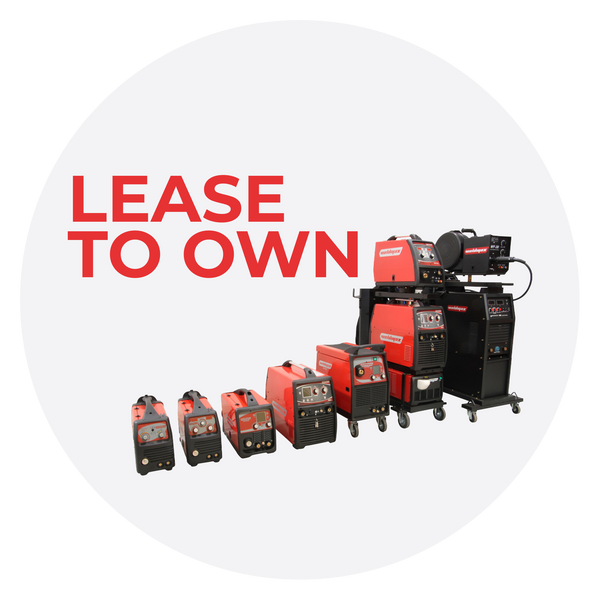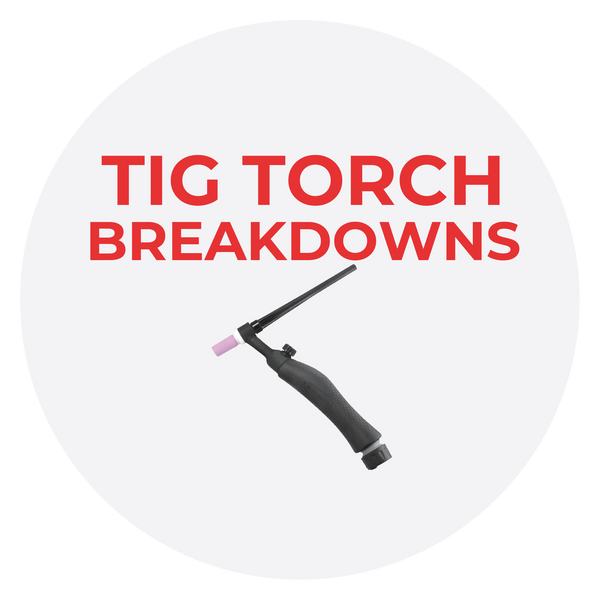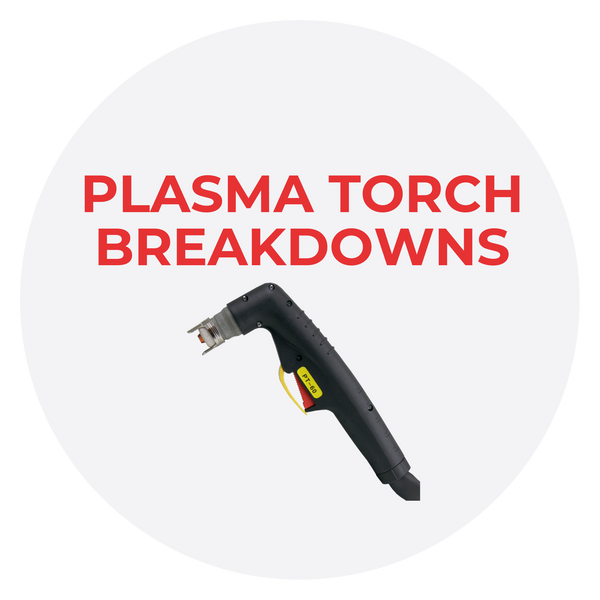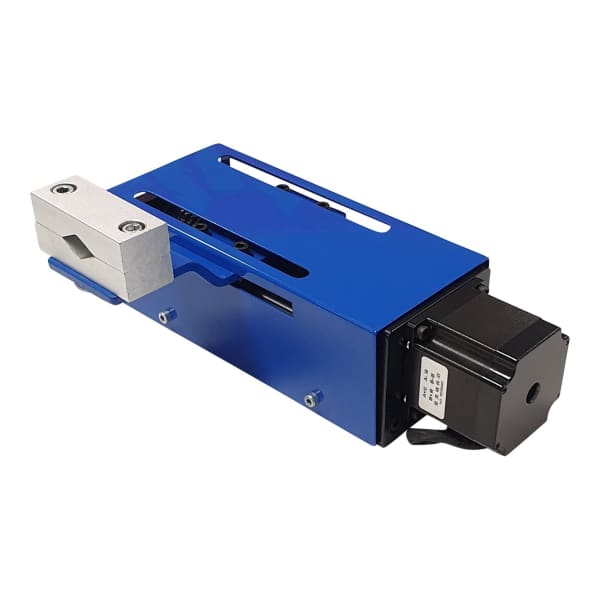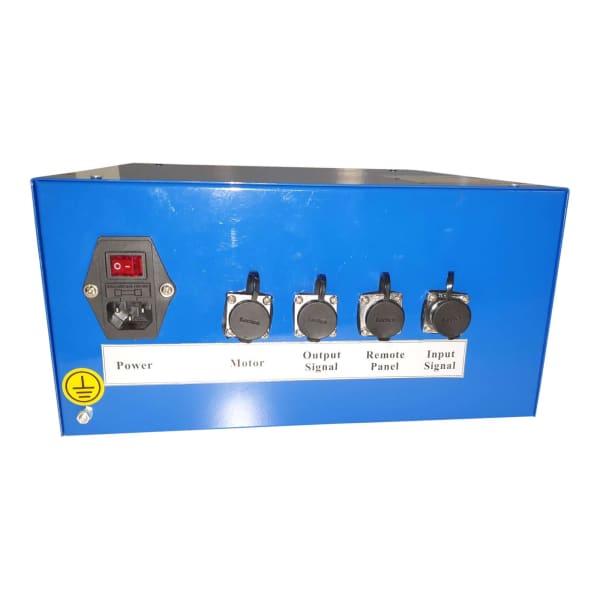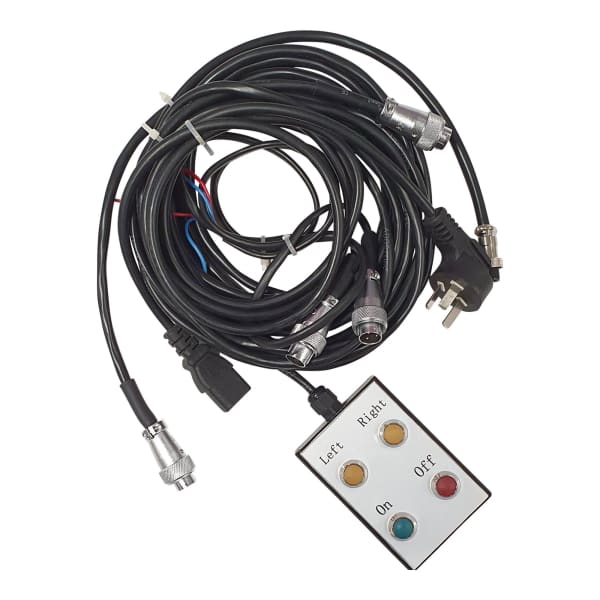
WELDMAX BD-L LINEAR WELDING OSCILLATOR UNIT
Volume Discounts for ABN / Account holders -
Availability: 2 In stock, ready to be shipped!
Main features and benefits:
- lightweight and compact design
- two control modes: manual and external start
- four adjustable parameters (oscillation width, oscillation speed, oscillation dwell time on ends)
- simple control panel
- can work as stand-alone device or be a part of more advanced welding system
- optimal solution for various welding applications
- real improvement of the welding process
- uniform weave path for precision high quality welding
- supply voltage 240V AC
Welding Oscillation is the side-to-side movement / manipulation of a weld in progress. It is measured in amplitude (how far), frequency (how often), and dwell time (for how long). There are a number of ways and reasons a weld process would be oscillated.
If you spend any time around robotic MIG welding (GMAW), you'll notice that the welding torch performs a constant side-to-side motion to increase weld width and wetting angles. Typically referred to as a weave, this form of oscillation helps the robot find its way along the joint by monitoring changes in the arc.
Another good example of oscillation is the “walking the cup” technique during TIG (GTAW). A welder, typically a pipefitter, will do this to minimize body fatigue, increase bead width, and improve tie-in at the weld’s toe. A real craftsman will rock that TIG ceramic cup along the joint and make a beautiful finish weld with a consistent fact completely around the pipe joint. The end result can be a real work of art.
Another type of oscillation is manipulating the molten weld pool with a magnetic force. Common with (but not limited to) mechanized MIG and TIG processes, this magnetic force moves the molten puddle, not the torch, from side to side. I’ve used this technique to increase bead width for cosmetic appeal, but it also can be used to improve sidewall fusion or tie-in at the weld toe.
So in laymens terms: A motorized mechanism to weave the welding arc Left / Right direction as an oscillatory movement over the weld surface.
Highly regulated oscillatory movement of an arc ensures controlled spread of Arc Heat over the weld surface resulting uniform flow of weld pool due to smooth, uniform, stable & precise movement of Welding torch Convenience, especially when filler is used in the weld pool, is the main purpose of the oscillator which ensures uniform spread of weld globules. Controlled & regulated spread of Arc heat & Weld globules has a very distinctive advantage of excellent penetration at maximum Heat Utility efficiency. This also ensures reduction in the Heat Affected Zone, High Weld Metal deposit efficiency, highly uniform Weld beads.
Keen to see more, want to see this in action - Call us today.



